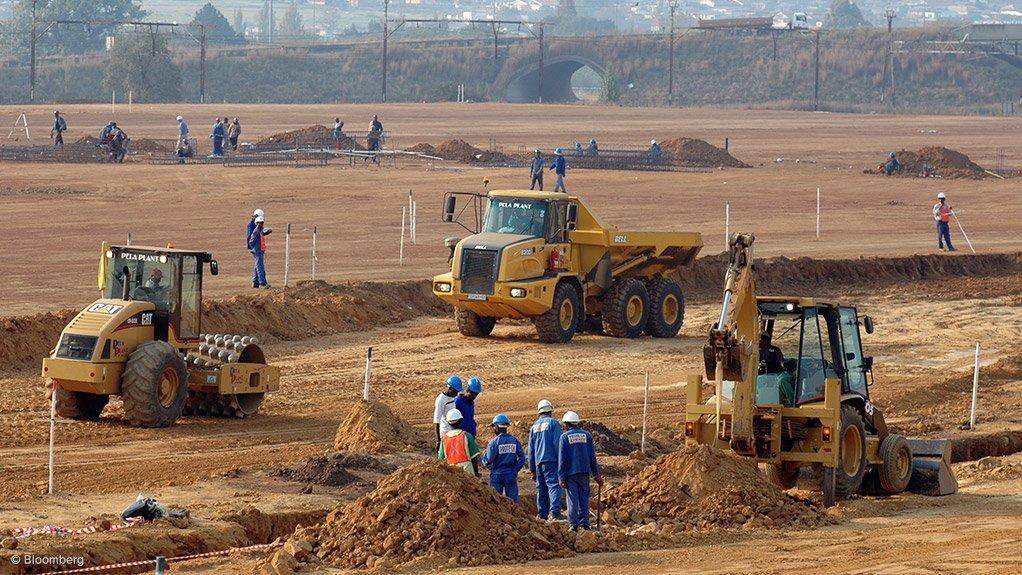Africa-Press – Angola. The works on the Caculo Cabaça Dam, in the municipality of São Pedro da Quilemba, are 31.18% done, with the completion of the first restitution tunnel.
The information was provided on Tuesday (3), by the China Gezhouba Group Company Lda (CGGC)’s spokesperson, in a statement.
According to the statement, the completion of the tunnel removes a significant obstacle to the installation of turbines and the electricity generation’s kick off, scheduled for 2029.
According to the statement, getting to this stage brings the project one step closer to completion.
The excavation of the tunnel, which is over 10 kilometers long and has a cross-section of 16 by 16 meters, took 827 days of intensive work.
This milestone, which began on Feb 22, 2023, was achieved 349 days ahead of schedule, which for the Chinese construction company “demonstrates the efficiency and competence of its team”.
At the same time, the second tunnel, of similar dimensions, is in the final phase of construction, with 78 meters remaining and is expected to be completed in mid-June, also 352 days ahead of schedule.
The work faced numerous challenges, including tight deadlines, complex geological conditions, high humidity and extreme temperatures at the construction site.
Despite these difficulties, the CGGC team adopted innovative strategies such as the “short excavation, soft blasting and reinforced support” method.
It implemented the “two machines working in parallel” model, which allowed it to achieve a record monthly excavation progress of 182 meters/monthly.
The Caculo Cabaça Dam, located on the Kwanza River, is the largest hydropower project built by a Chinese company in Africa, often referred to as the “Three Gorges of Africa”.
With a total installed capacity of 2,172 MW, the dam will generate 8,566 GWh of electricity annually, covering more than 50% of Angola’s energy needs.
During peak construction, the project generated more than 6,000 local jobs, contributing significantly to the region’s economic and social development.
For More News And Analysis About Angola Follow Africa-Press






